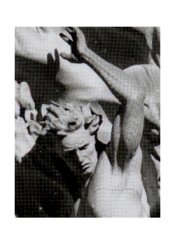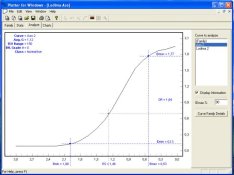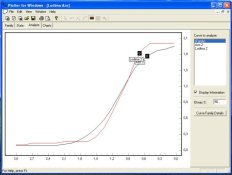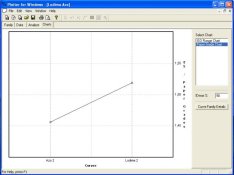photo8x10
Member
Yesterday I finally tried Lodima Paper, and today I've just finished another print section, so I could write down some impression of it.
I'm very impressed about the quality of the paper, the weight for me is not double but single a half,I think is a perfect tickness, easy to manage in all case.
It seems similar to Azo but slightly faster, more and less 30-50%, the tone is neutral,or slightly warm but not so much, with very deep black, clean white and a very good mid-tone,with a good micro-contrast, the scale is very long.
Paper takes very well water bath, and in selenium works well, no big changement of colour(I use a diluition 1:64).
I like very much the one minute on the developer(Amidol), remind me an old box of Azo paper, that used only one minute...
I think when the final production will run, to re-print some pictures.
The only problem I had, are the same that I read on the forum, a little problem on the black border emulsion coming off in the egde, and in some sheet of paper a black speck, but easily removed by a gentle use of cotton bud..
and the curl of the paper, although, I didn't have problem in the baths but more to put the paper in contact with negative, but it was notice and I read that in the final run won't appear this problem.
Summarize I think this paper is the perfect evolution of Azo, for me it's better, and I would like to send to Michael and Paula, my gratitude for their effort to put on the market a so beautiful silver-chloride paper.
I should be able to put on the gallery tomorrow some prints, I hope with a comparison between azo/lodima
Stefano
I'm very impressed about the quality of the paper, the weight for me is not double but single a half,I think is a perfect tickness, easy to manage in all case.
It seems similar to Azo but slightly faster, more and less 30-50%, the tone is neutral,or slightly warm but not so much, with very deep black, clean white and a very good mid-tone,with a good micro-contrast, the scale is very long.
Paper takes very well water bath, and in selenium works well, no big changement of colour(I use a diluition 1:64).
I like very much the one minute on the developer(Amidol), remind me an old box of Azo paper, that used only one minute...
I think when the final production will run, to re-print some pictures.
The only problem I had, are the same that I read on the forum, a little problem on the black border emulsion coming off in the egde, and in some sheet of paper a black speck, but easily removed by a gentle use of cotton bud..
and the curl of the paper, although, I didn't have problem in the baths but more to put the paper in contact with negative, but it was notice and I read that in the final run won't appear this problem.
Summarize I think this paper is the perfect evolution of Azo, for me it's better, and I would like to send to Michael and Paula, my gratitude for their effort to put on the market a so beautiful silver-chloride paper.
I should be able to put on the gallery tomorrow some prints, I hope with a comparison between azo/lodima
Stefano












